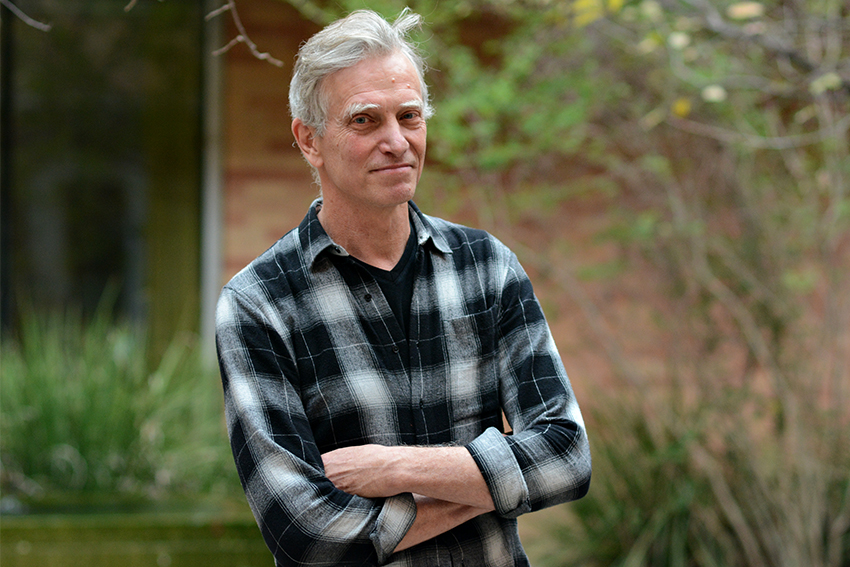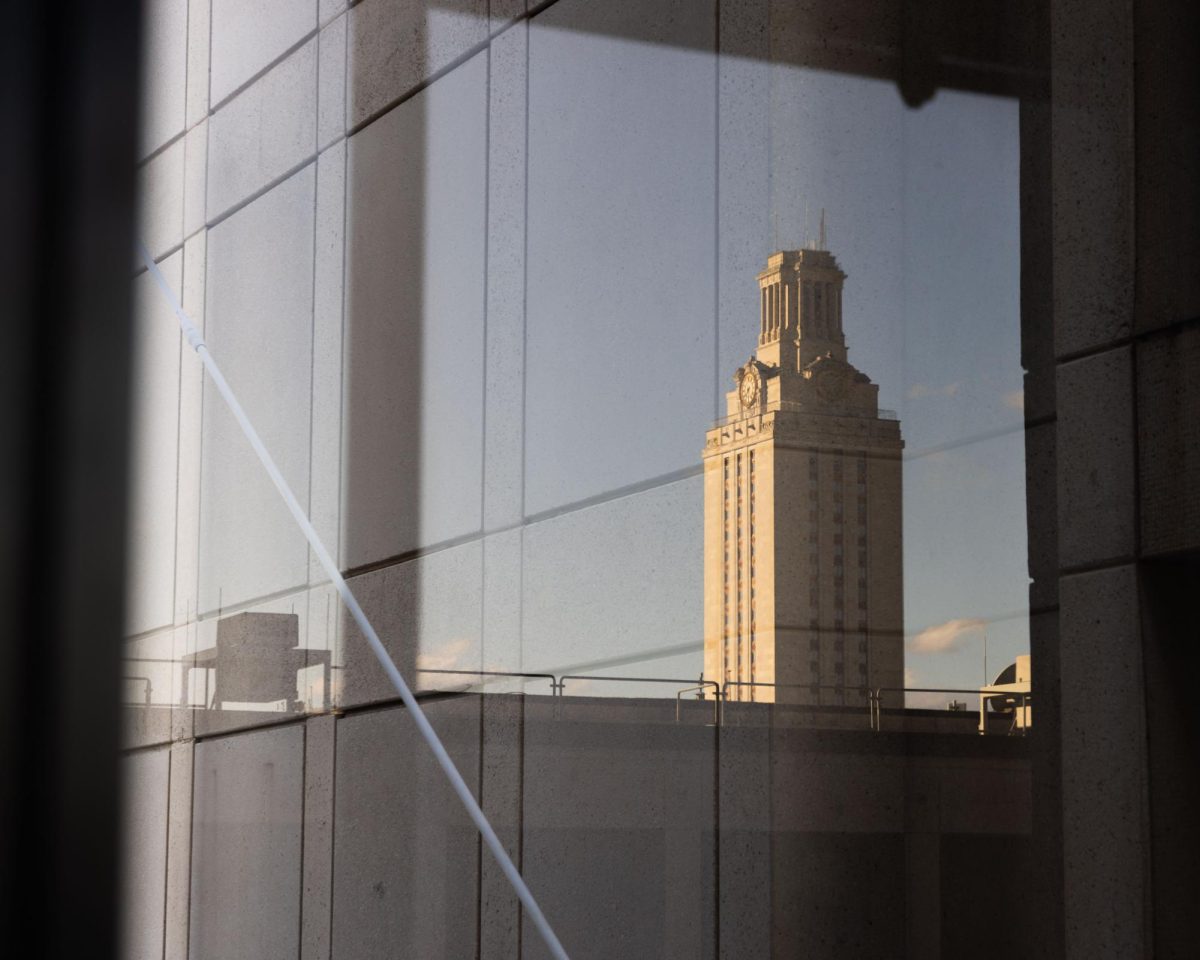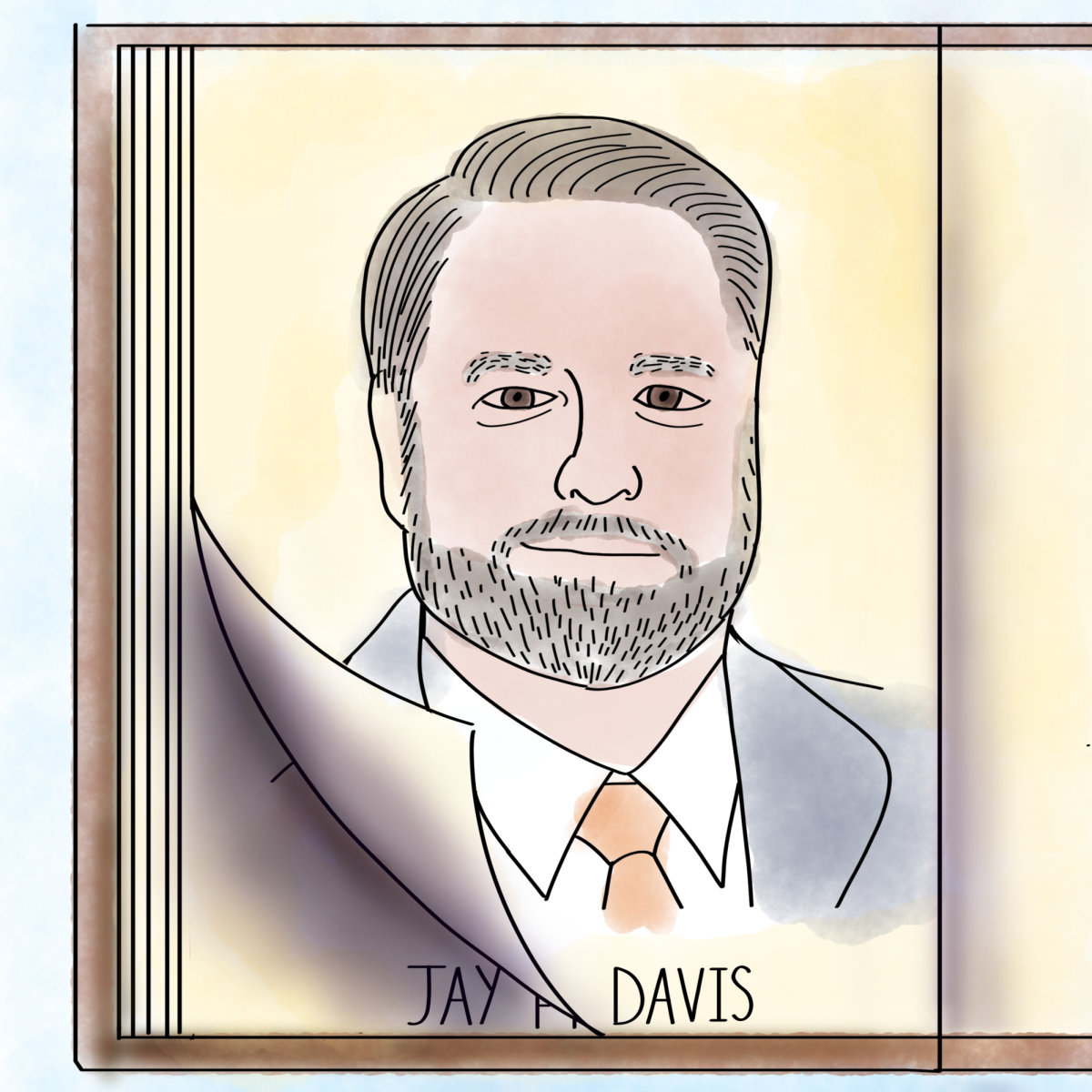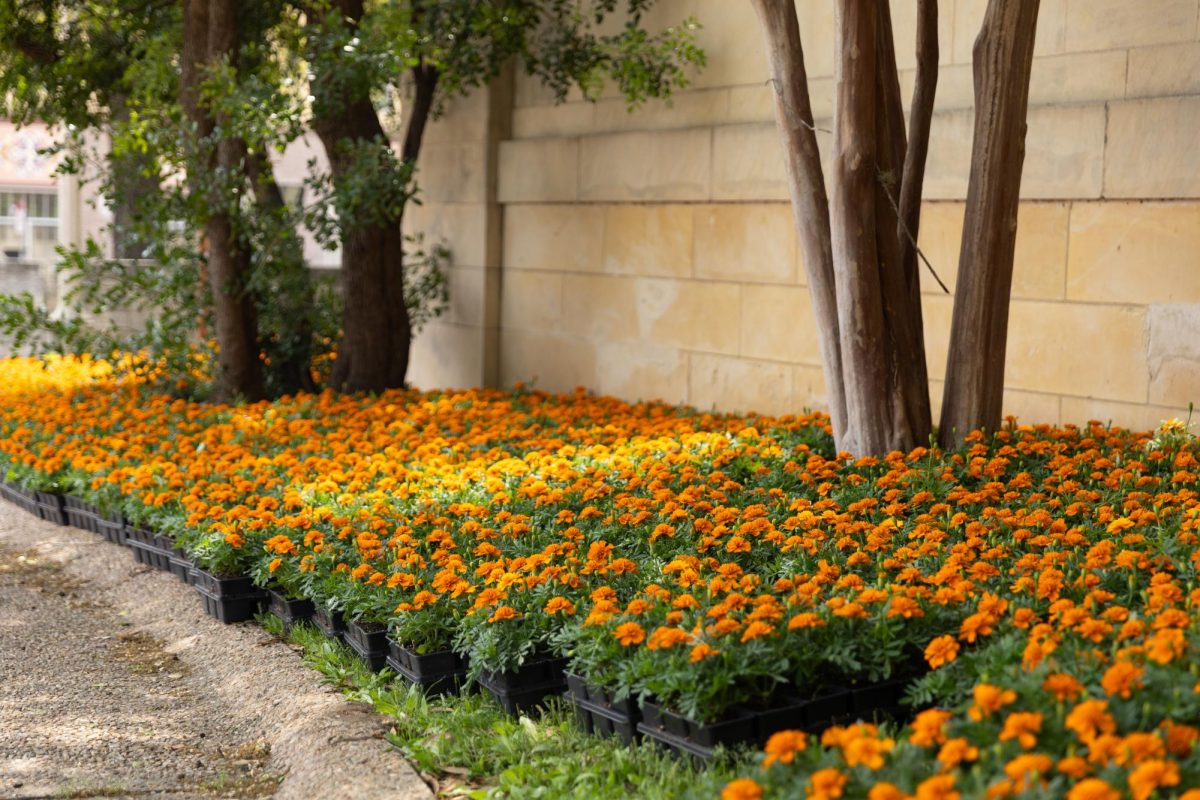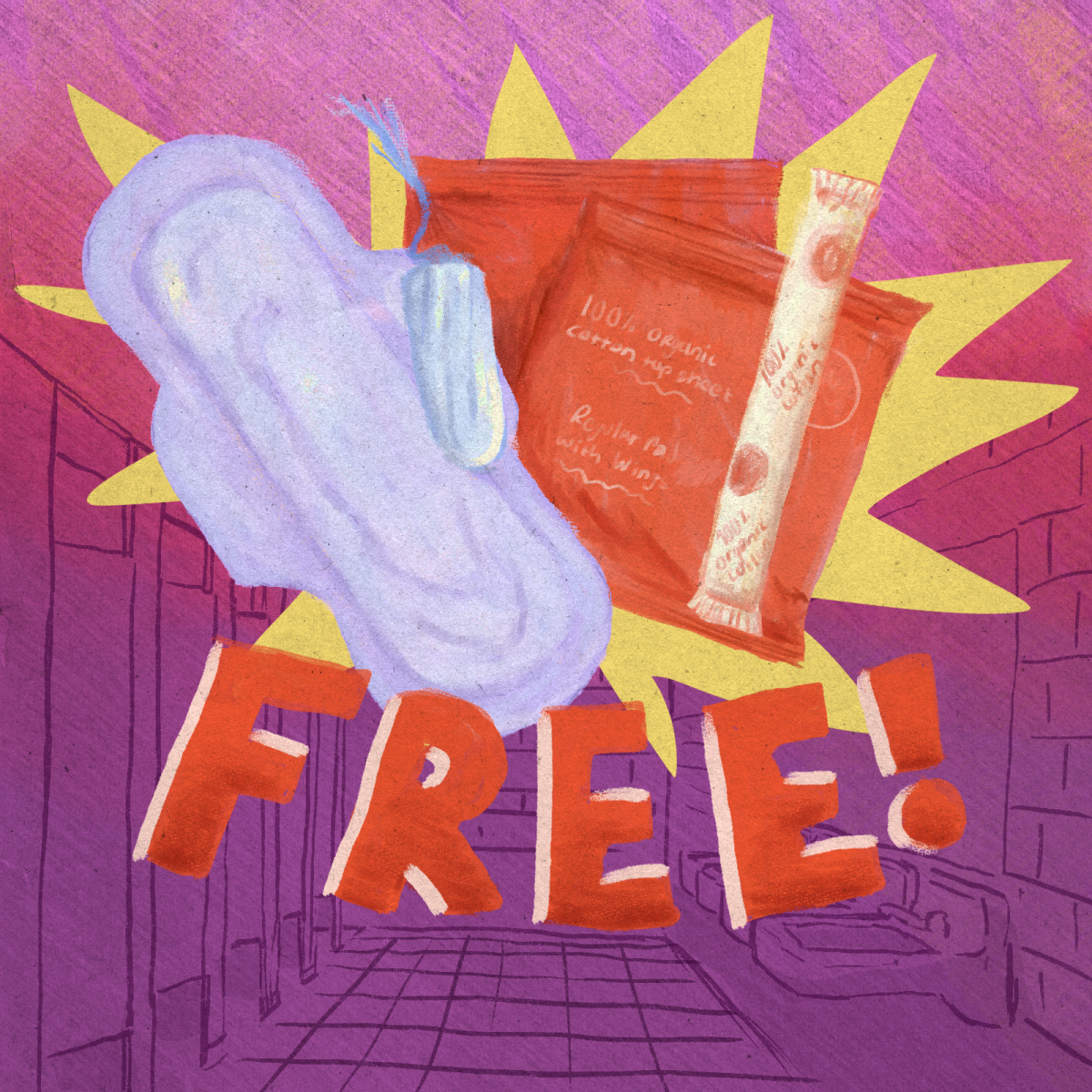Internationally acclaimed artist Joseph Havel visited UT on Monday to share his experiences and journeys as an artist within the Austin community.
The event was hosted by the annual Viewpoint Lecture Series, which invites leading curators, critics and scholars of the contemporary art world three times during the spring semester.
“An implication of my work has been this idea that carries a different meaning now than it did before,” Havel said. “It is a construction of myself as a character in my own fictions.”
Havel, who is the director of the Core Program at the Museum of Fine Arts in Houston, took the stage and began his lecture by discussing his series “Precarity and Practice.”
“This is probably the most traditional narrative based on my work, my recent work,” Havel said.
Jeff Williams, UT associate professor of art and sculpture, said Havel’s work was influenced by the various experiences he had in his personal life.
“I thought the lecture touched on some of the very important questions that don’t really have answers at the moment, how art is related to everyday and how what happens in the larger world affects you as an individual,” Williams said.
Havel is known for combining art with his own personal narratives, although the artist said these narratives can be imaginary.
“I try to work on these defining moments,” Havel said. “It’s a fiction, especially me. I create a faux conventional fiction.”
Havel concluded his lecture by displaying pictures from his studio and images from his “How to Draw a Circle,” “Hope and Desire,” “Seven Variations of Nothing,” “The Monument Apologizes” and “White Bodies” series. The artist said many of his works are inspired by questions he has about the world or his own life.
“If these works look kind of funny and wonkers, it’s because there’s a serious pun in a lot of my work,” Havel said.
Studio art junior Jessica Vacek found Havel’s work unique and inspiring in its ability to collaborate with different media.
“It’s interesting to see how Havel has also collaborated with poets and just to see that crossover between two different mediums: poet and artist,” Vacek said. “I think that’s pretty stimulating for me and art students to see how you can bridge out and how art doesn’t has to be something you get very quickly. You need to look in depth and see him talking.”

